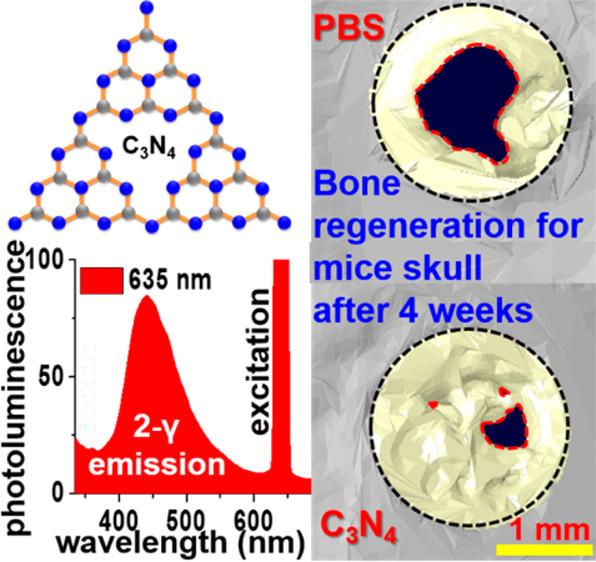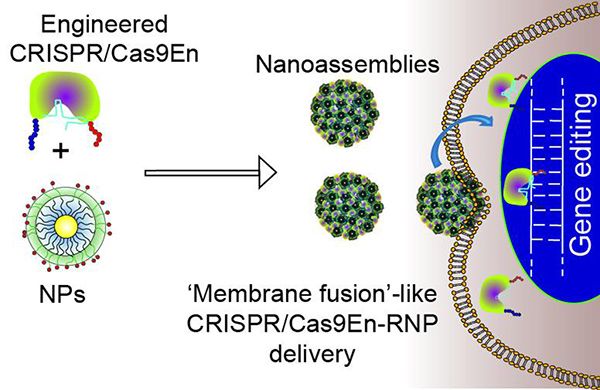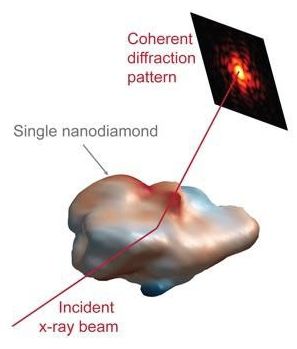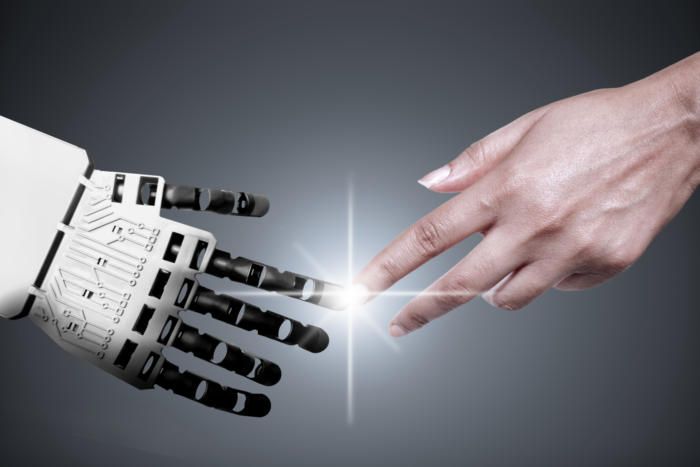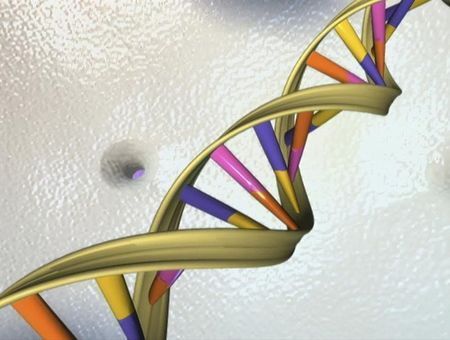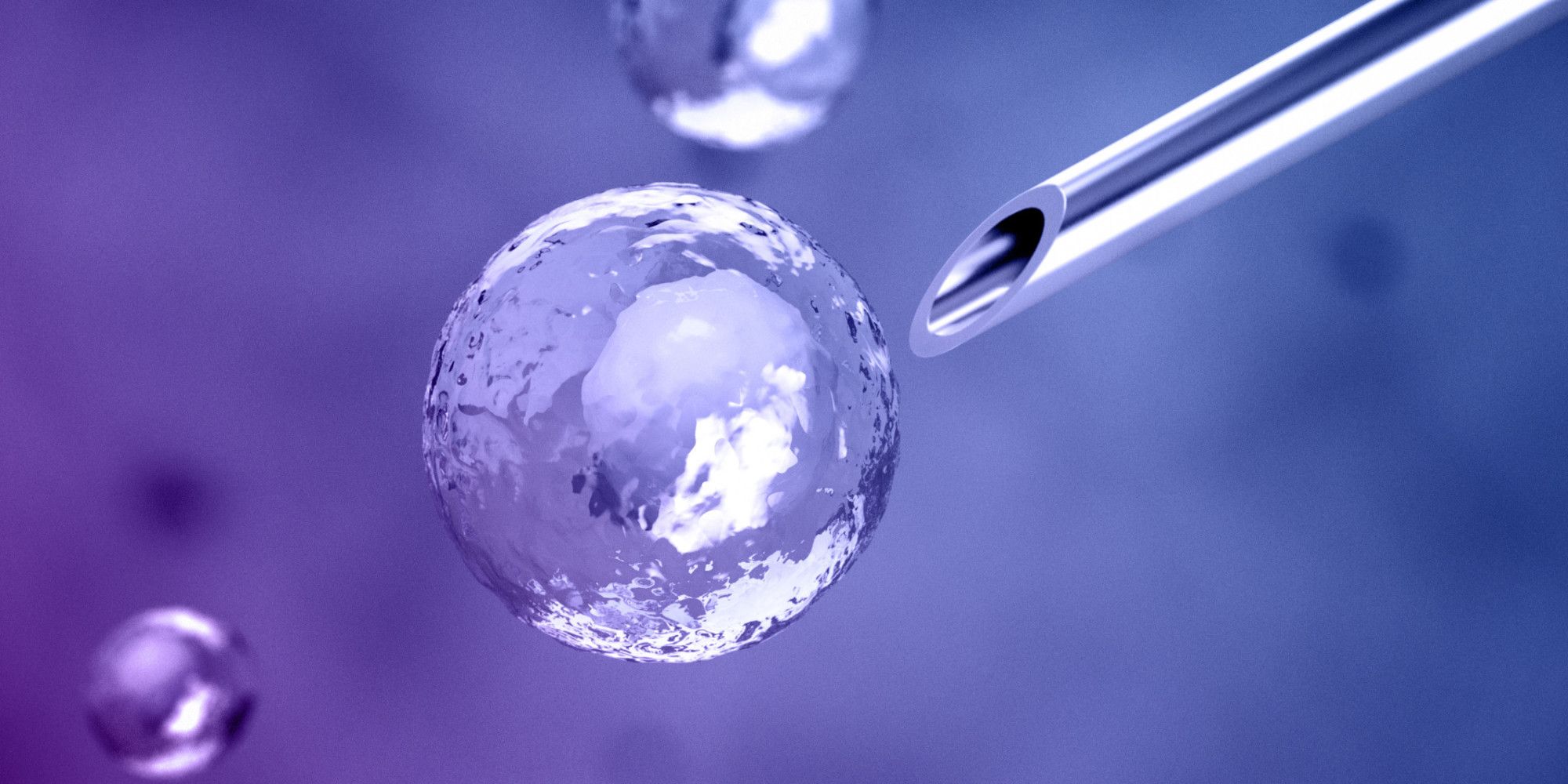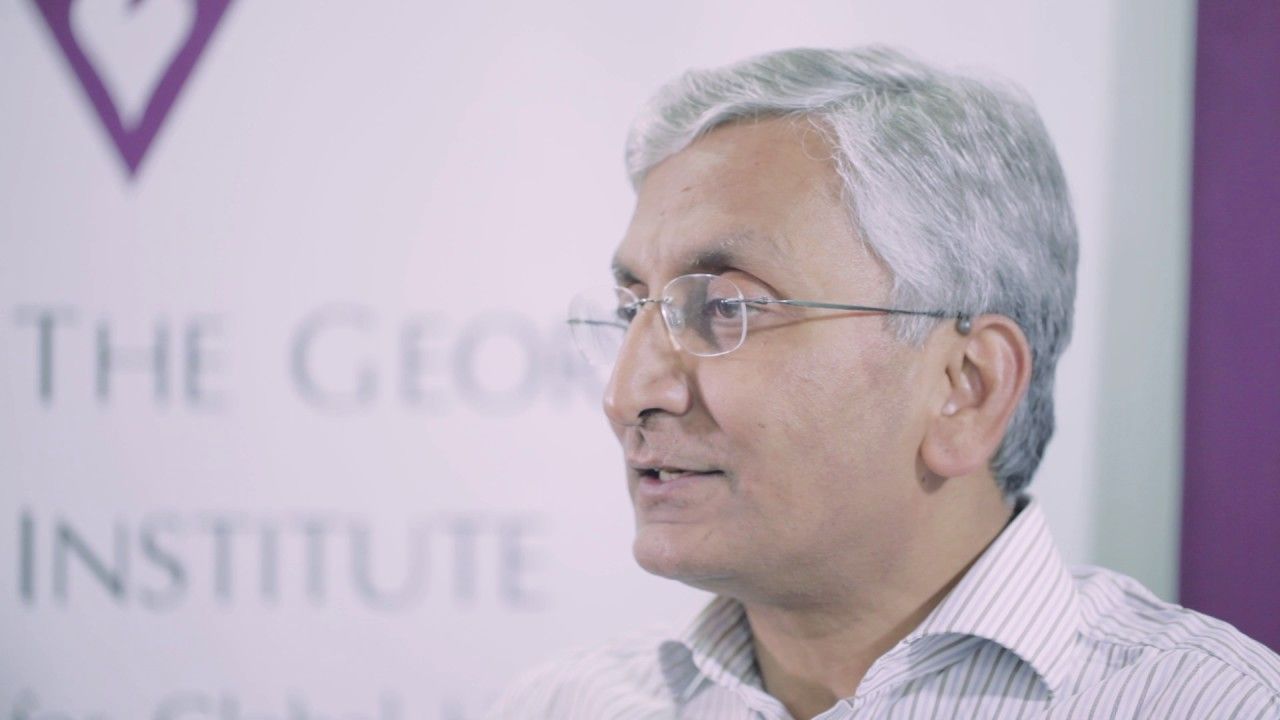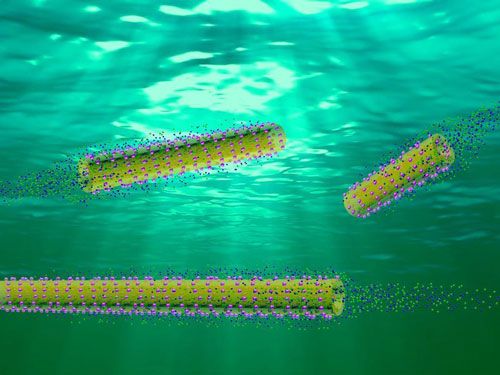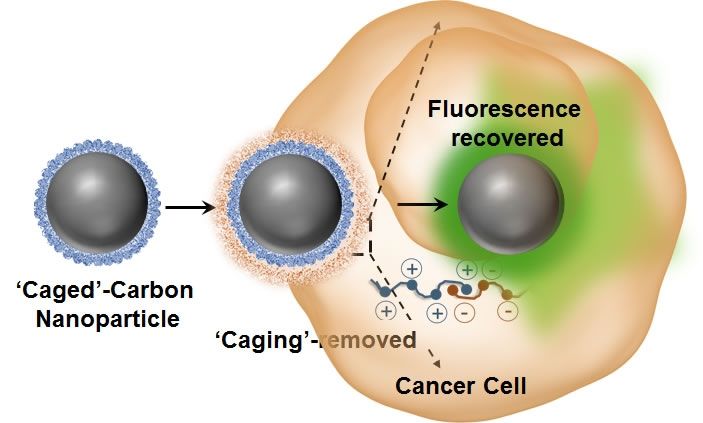Feb 14, 2017
Promising New Technique Uses Stem Cells to fix Bone Damage
Posted by Karen Hurst in category: biotech/medical
https://youtube.com/watch?v=Buf16_802kI
New work has demonstrated that bone injuries can be repaired using a sheet of a carbon compound that has photocatalytic characteristics, and combining it with stem cells derived from human bone marrow. These developments could lead to new treatments that can exert a powerful positive effect on skeletal fractures or periodontal disease. Check out the short video below that summarizes the findings in the report, which was published in the journal ACS Nano.
The scientists found that a chemical sheet made of carbon nitride, which absorbs red light, can support the growth of bone cells — osteogenic differentiation — because of the activation of a molecule that promotes gene expression. That molecule is a transcription factor called runt-related transcription factor 2 or Runx2. The absorption of red light and the emission of fluorescence by the carbon nitride sheets accelerates bone regeneration. It seems that when the sheets are exposed to red light in liquid conditions where cells are growing, electrons are released, which stimulates the accumulation of calcium in cell cytoplasm.
Continue reading “Promising New Technique Uses Stem Cells to fix Bone Damage” »
